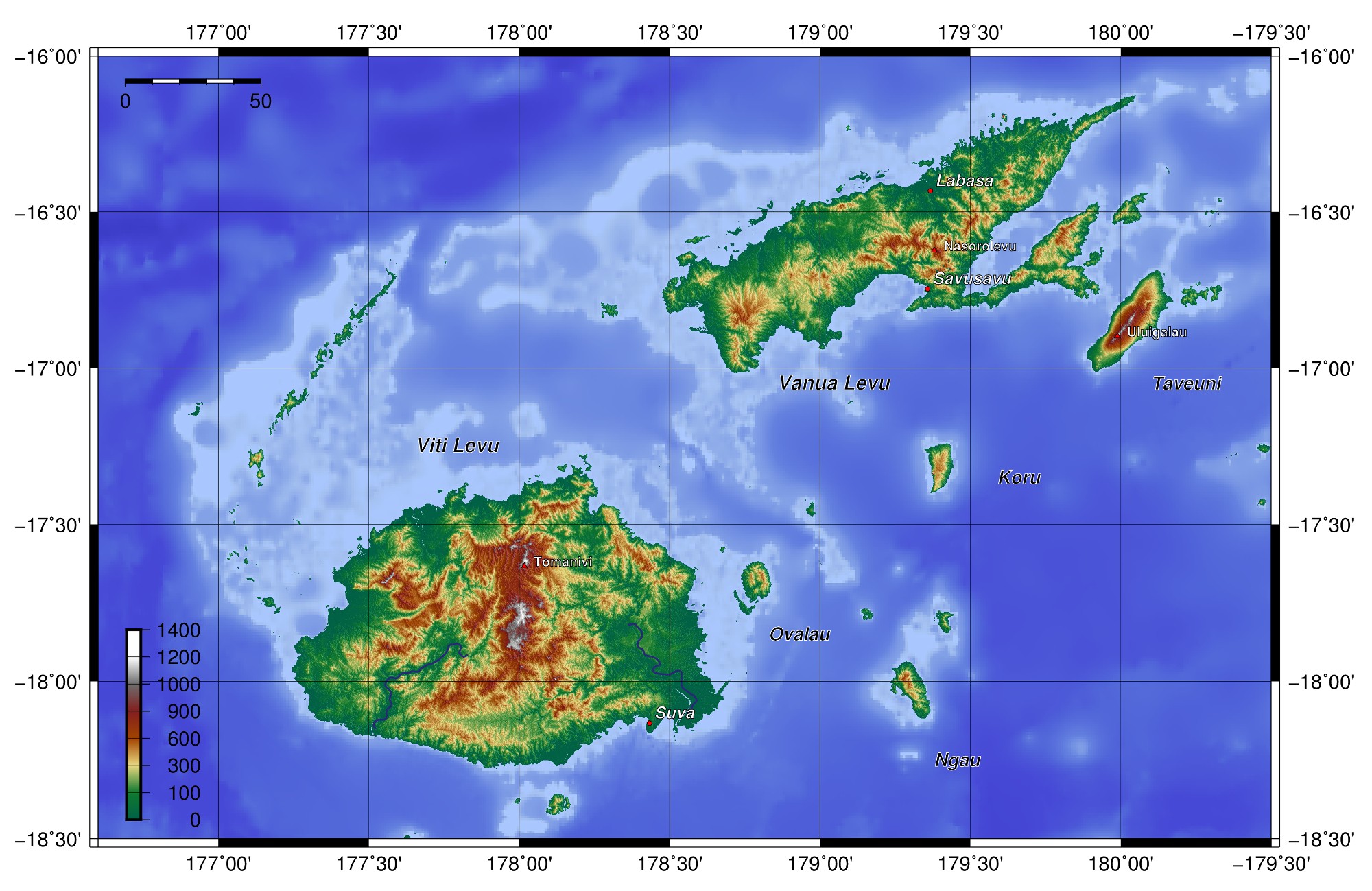|
Ascarina Diffusa
''Ascarina diffusa'' is a species of flowering plant in the family Chloranthaceae. It is native to the tropical Pacific, ranging from the Bismarck Archipelago through the Solomon Islands, Vanuatu, Fiji, and the Samoan Islands to the Cook Islands.''Ascarina diffusa'' A.C.Sm. ''''. Retrieved 8 December 2023. On in the Cook Islands, ''Ascarina diffusa'' is a characteristic tree of |
Flowering Plant
Flowering plants are plants that bear flowers and fruits, and form the clade Angiospermae (), commonly called angiosperms. They include all forbs (flowering plants without a woody stem), grasses and grass-like plants, a vast majority of broad-leaved trees, shrubs and vines, and most aquatic plants. The term "angiosperm" is derived from the Greek words ἀγγεῖον / ('container, vessel') and σπέρμα / ('seed'), meaning that the seeds are enclosed within a fruit. They are by far the most diverse group of land plants with 64 orders, 416 families, approximately 13,000 known genera and 300,000 known species. Angiosperms were formerly called Magnoliophyta (). Angiosperms are distinguished from the other seed-producing plants, the gymnosperms, by having flowers, xylem consisting of vessel elements instead of tracheids, endosperm within their seeds, and fruits that completely envelop the seeds. The ancestors of flowering plants diverged from the common ance ... [...More Info...] [...Related Items...] OR: [Wikipedia] [Google] [Baidu] |
Chloranthaceae
Chloranthaceae is a family of flowering plants (angiosperms), the only family in the order Chloranthales. It is not closely related to any other family of flowering plants, and is among the early-diverging lineages in the angiosperms. They are woody or weakly woody plants occurring in Southeast Asia, the Pacific, Madagascar, Central and South America, and the West Indies. The family consists of four extant genera, totalling about 77 known species according to Christenhusz and Byng in 2016. Some species are used in traditional medicine. The type genus is '' Chloranthus''. The fossil record of the family, mostly represented by pollen such as ''Clavatipollenites,'' extends back to the dawn of the history of flowering plants in the Early Cretaceous, and have been found on all continents. Description Chloranthaceae are fragrant shrubs or herbaceous plants, that only produce side branches on the new growth. The stems are mostly cylindrical, with solid internodes, thickened nodes ... [...More Info...] [...Related Items...] OR: [Wikipedia] [Google] [Baidu] |
Bismarck Archipelago
The Bismarck Archipelago (, ) is a group of islands off the northeastern coast of New Guinea in the western Pacific Ocean and is part of the Islands Region of Papua New Guinea. Its area is about 50,000 square km. History The first inhabitants of the archipelago arrived around 30–40,000 years ago. They may have traveled from New Guinea, by boat across the Bismarck Sea or via a temporary land bridge, created by an uplift in the Earth's Crust (geology), crust. Later arrivals included the Lapita people. The first European to visit these islands was Dutch explorer Willem Schouten in 1616. The islands remained unsettled by western Europeans until they were annexed as part of the German protectorate of German New Guinea in 1884. The area was named in honour of the Chancellor of Germany (German Reich), Chancellor Otto von Bismarck. On 1888 Ritter Island eruption and tsunami, 13 March 1888, a volcano erupted on Ritter Island causing a megatsunami. Almost the entire volcano fell into t ... [...More Info...] [...Related Items...] OR: [Wikipedia] [Google] [Baidu] |
Plants Of The World Online
Plants of the World Online (POWO) is an online database published by the Royal Botanic Gardens, Kew. It was launched in March 2017 with the ultimate aim being "to enable users to access information on all the world's known seed-bearing plants by 2020". The initial focus was on tropical African Floras, particularly Flora Zambesiaca, Flora of West Tropical Africa and Flora of Tropical East Africa. The database uses the same taxonomical source as Kew's World Checklist of Selected Plant Families, which is the International Plant Names Index, and the World Checklist of Vascular Plants (WCVP). POWO contains 1,234,000 global plant names and 367,600 images. See also *Australian Plant Name Index The Australian Plant Name Index (APNI) is an online database of all published names of Australian vascular plants. It covers all names, whether current names, synonyms or invalid names. It includes bibliographic and typification details, informati ... * Convention on Biological Diversity * W ... [...More Info...] [...Related Items...] OR: [Wikipedia] [Google] [Baidu] |
Rarotonga
Rarotonga is the largest and most populous of the Cook Islands. The island is volcanic, with an area of , and is home to almost 75% of the country's population, with 13,007 of a total population of 17,434. The Cook Islands' Parliament buildings and international airport are on Rarotonga. Rarotonga is a very popular tourist destination with many resorts, hotels and motels. The chief town, Avarua, on the north coast, is the capital of the Cook Islands. Captain John Dibbs, master of the colonial brig ''Endeavour'', is credited as the European discoverer on 25 July 1823, while transporting the missionary Reverend John Williams. Geography Rarotonga is a kidney-shaped volcanic island, in circumference, and wide on its longest (east-west) axis. The island is the summit of an extinct Pliocene or Pleistocene volcano, which rises 5000 meters from the seafloor. The island was formed between 2.3 to 1.6 million years ago, with a later stage of volcanism between 1.4 and 1.1 million year ... [...More Info...] [...Related Items...] OR: [Wikipedia] [Google] [Baidu] |
Cloud Forests
A cloud forest, also called a water forest, primas forest, or tropical montane cloud forest (TMCF), is a generally tropical or subtropical, evergreen, montane, moist forest characterized by a persistent, frequent or seasonal low-level cloud cover, usually at the canopy level, formally described in the '' International Cloud Atlas'' (2017) as silvagenitus. Cloud forests often exhibit an abundance of mosses covering the ground and vegetation, in which case they are also referred to as mossy forests. Mossy forests usually develop on the saddles of mountains, where moisture introduced by settling clouds is more effectively retained. Cloud forests are among the most biodiversity rich ecosystems in the world with a large amount of species directly or indirectly depending on them. Other moss forests include black spruce/ feathermoss climax forest, with a moderately dense canopy and a forest floor of feathermosses including '' Hylocomium splendens'', '' Pleurozium schreberi'' ... [...More Info...] [...Related Items...] OR: [Wikipedia] [Google] [Baidu] |
Metrosideros Collina
''Metrosideros collina'' is a species of flowering plant in the family Myrtaceae. It is native to French Polynesia )Territorial motto: ( en, "Great Tahiti of the Golden Haze") , anthem = , song_type = Regional anthem , song = " Ia Ora 'O Tahiti Nui" , image_map = French Polynesia on the globe (French Polynesia centered).svg , map_alt = Location of Frenc ... and the Cook Islands. Taxonomy The species was first formally described by botanist Johann Reinhold Forster and his son Georg Forster in 1775. It was given the name ''Leptospermum collinum''. There are two varieties: *''Metrosideros collina'' var. ''collina'' *''Metrosideros collina'' var. ''villosa'' Cultivars Cultivars of ''Metrosideros collina'' are used as ornamental plants, for planting in tropical and subtropical climate gardens. Cultivars include: * 'Tahiti', grows to about 1 metre, * 'Tahitian sunset', a mutated form of 'Tahiti' with variegated leaves References collina Flora of the Marques ... [...More Info...] [...Related Items...] OR: [Wikipedia] [Google] [Baidu] |
Flora Of The Bismarck Archipelago
Flora (: floras or florae) is all the plant life present in a particular region or time, generally the naturally occurring ( indigenous) native plants. The corresponding term for animals is ''fauna'', and for fungi, it is ''funga''. Sometimes bacteria and fungi are also referred to as flora as in the terms ''gut flora'' or ''skin flora''. Etymology The word "flora" comes from the Latin name of Flora, the goddess of plants, flowers, and fertility in Roman mythology. The technical term "flora" is then derived from a metonymy of this goddess at the end of the sixteenth century. It was first used in poetry to denote the natural vegetation of an area, but soon also assumed the meaning of a work cataloguing such vegetation. Moreover, "Flora" was used to refer to the flowers of an artificial garden in the seventeenth century. The distinction between vegetation (the general appearance of a community) and flora (the taxonomic composition of a community) was first made by Jules Thurman ... [...More Info...] [...Related Items...] OR: [Wikipedia] [Google] [Baidu] |
Flora Of Fiji
Fiji is a group of volcanic islands in the South Pacific, lying about southwest of Honolulu and north of New Zealand. Of the 332 islands and 522 smaller islets making up the archipelago, about 106 are permanently inhabited. The total land size is . It has the 26th largest Exclusive Economic Zone of . Viti Levu, the largest island, covers about 57% of the nation's land area, hosts the two official cities (the capital Suva, and Lautoka) and most other major towns, such as Nausori, Vaileka, Ba, Tavua, Kororvou, Nasinu, and Nadi (the site of the international airport), and contains some 69% of the population. Vanua Levu, to the north of Viti Levu, covers just over 30% of the land area though is home to only some 15% of the population. Its main towns are Labasa and Savusavu. In the northeast it features Natewa Bay, carving out the Loa peninsula. Both islands are mountainous, with peaks up to rising abruptly from the shore, and covered with tropical forests. ... [...More Info...] [...Related Items...] OR: [Wikipedia] [Google] [Baidu] |
Flora Of Samoa
Flora (: floras or florae) is all the plant life present in a particular region or time, generally the naturally occurring ( indigenous) native plants. The corresponding term for animals is '' fauna'', and for fungi, it is ''funga''. Sometimes bacteria and fungi are also referred to as flora as in the terms ''gut flora'' or ''skin flora''. Etymology The word "flora" comes from the Latin name of Flora, the goddess of plants, flowers, and fertility in Roman mythology. The technical term "flora" is then derived from a metonymy of this goddess at the end of the sixteenth century. It was first used in poetry to denote the natural vegetation of an area, but soon also assumed the meaning of a work cataloguing such vegetation. Moreover, "Flora" was used to refer to the flowers of an artificial garden in the seventeenth century. The distinction between vegetation (the general appearance of a community) and flora (the taxonomic composition of a community) was first made by ... [...More Info...] [...Related Items...] OR: [Wikipedia] [Google] [Baidu] |
Flora Of The Solomon Islands (archipelago)
Flora (: floras or florae) is all the plant life present in a particular region or time, generally the naturally occurring ( indigenous) native plants. The corresponding term for animals is ''fauna'', and for fungi, it is ''funga''. Sometimes bacteria and fungi are also referred to as flora as in the terms ''gut flora'' or ''skin flora''. Etymology The word "flora" comes from the Latin name of Flora, the goddess of plants, flowers, and fertility in Roman mythology. The technical term "flora" is then derived from a metonymy of this goddess at the end of the sixteenth century. It was first used in poetry to denote the natural vegetation of an area, but soon also assumed the meaning of a work cataloguing such vegetation. Moreover, "Flora" was used to refer to the flowers of an artificial garden in the seventeenth century. The distinction between vegetation (the general appearance of a community) and flora (the taxonomic composition of a community) was first made by Jules Thurman ... [...More Info...] [...Related Items...] OR: [Wikipedia] [Google] [Baidu] |






.png)